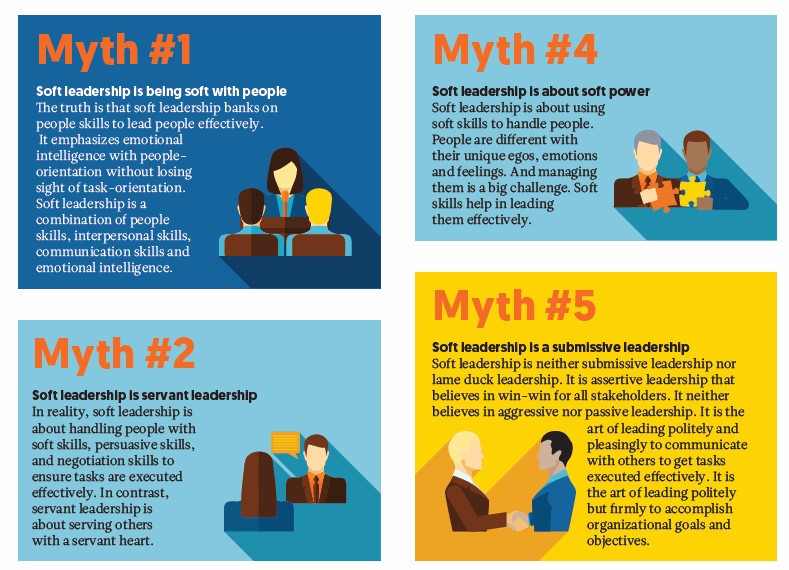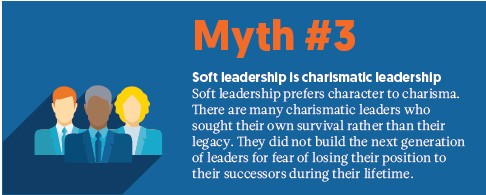The digital revolution has gained pace, so leadership styles must adapt, writes M.S. Rao
[button type=”large” color=”black” rounded=”1″ link=”http://issuu.com/revistabibliodiversidad/docs/dialogue_10_q1_2016_full_book/50″ ]READ THE FULL GRAPHIC VERSION[/button]
Soft leadership is an idea whose time has come. Globalization, liberalization, privatization and the rapid growth in technologies have redefined the concept of leadership and role of leaders, resulting in the need for a new and specialized set of skills. It calls for soft leadership.
So what is soft leadership? Soft leadership touches on caring, connecting, and communicating with people to accomplish desired goals. Soft leaders are people-orientated rather than task-orientated. They empathize with others and look at the issues from a human perspective. They have compassion towards others. Although getting tasks executed well is the ultimate objective for any leader, the soft leaders present and project human perspectives to get the tasks executed assertively, smoothly and successfully.
Soft leadership is delivered through these means:
- setting goals
- influencing people through persuasion
- building strong teams
- respecting failures
- motivating people constantly
- aligning their energies and efforts recognizing and appreciating their contribution in accomplishing organizational goals and objectives, with an emphasis on soft skills
Soft leadership in the new society
Digital acumen is imperative for business leaders in today’s hyper-competitive, technology – enabled, world. The new society is marked by four key structural changes that are reshaping leadership. These are:
- rapid and far-reaching technological changes, especially the digitization of information and communications technology
- accelerated globalization
- a shift towards knowledge as the central factor of production – from brawn to brains
- more distributed, less hierarchical organizational forms with greatly accelerated movement within and across organizations and sectors
Leadership of the future centres on inspiring, energizing and equipping oneself and others to make the right choices when faced with making decisions quickly and frequently. Hence, soft leadership is the best fit for the digital age. It helps lead knowledge workers effectively.
When economies were dominated by manual workers, managers needed various leadership styles, depending on industry, working cultures, staff demographics and labour conditions.
But knowledge workers are ambitious, intelligent and tech-savvy. They have totally different expectations and aspirations to the generation before. They have an advanced mindset, tool set and skill set, gained through unique professional experiences. And soft leadership is the ideal fit for their needs.
Knowledge employees are more diverse than ever, and this offers both opportunities and threats. Opportunities include creativity and innovation to improve products and services; and threats include the risk of focusing on the things that set them apart from one another, rather than the commonalities that bind them. For this reason, we must celebrate diversity in the workplace. This calls for a new leadership style that brings employees into one common platform to achieve organizational goals and objectives. Soft leadership is the way to tackle the tough challenges of the future.
Five myths about soft leadership
M.S. Rao is the author of 30 books, including the award-winning 21 Success Sutras for Leaders (Pearson)




